WHY DIGITAL IMPRINTING IS A TREND: INTERVIEW WITH ŠTĚPÁN VINKLER, MDDR.
Part 1: Different workflow, higher accuracy, Aoralscan solve the problem of traditional silicone printing
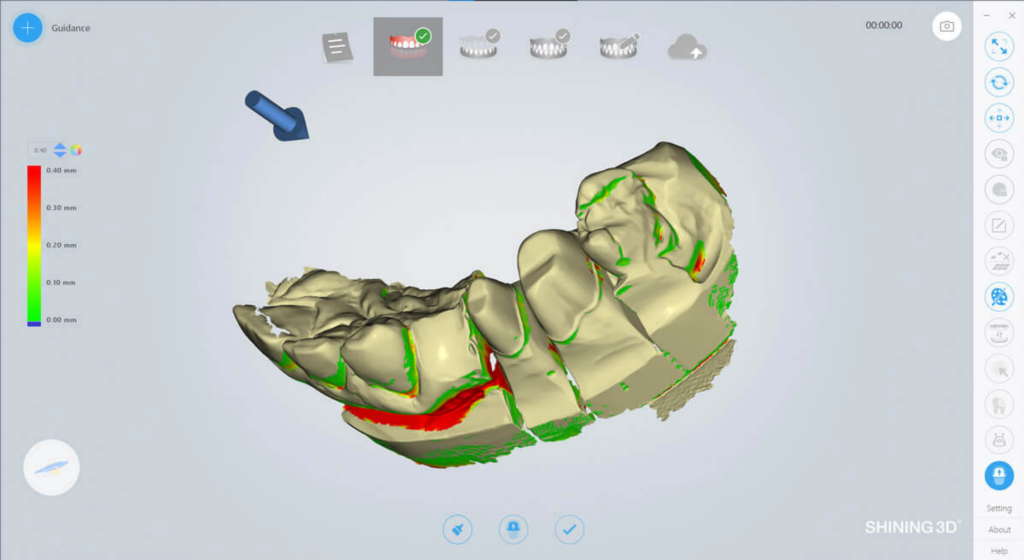
Doctor, how do you find the scanner?
It’s like any new thing, you gradually learn and discover more and more possibilities. You have to set up the workflow slightly differently than how I was used to working with traditional silicone prints.
What exactly is different?
Well, mainly that I can do part of the preparation and see how parallel it is or if there is enough space. I can then resharpen it, rescan it and that’s the biggest advantage, such a procedure is unthinkable with classic prints. This is the biggest change in the workflow. And it’s definitely a change for the better. The other advantage is that there are no inaccuracies in digital printing. I’m still thrilled with the accuracy of the resulting work.
What’s the biggest bridge you’ve made with the scanner so far?
From 7 by 7 and even a job this big was perfectly accurate. There was only a slight complication with bleeding. This is also a big advantage of scanning, that you can prepare the stumps in sections and scan them one at a time. The nurse and I are already matched up, I just blow it out, swap the scanner with the gun, take a quick scan and that’s it. As I scan it further, it might get covered in blood, I don’t mind that anymore. Alternatively, I can lock down the area and know that the print won’t deform in any way.
From seven to seven is a really big job, earlier models of intraoral scanners had accuracy issues with larger bridges. Did that limit you here?
I’m sure not, nothing like that. Aoralscan did a great job. On the other hand, with conventional prints, a large job like this collects a lot of inaccuracies, but here it worked perfectly. There are still a lot of myths and half-truths circulating among doctors that the accuracy of scanners is limited to maybe 3-4 members, but I can easily disprove that.
Part 2: other improvements of digital printing, explicitness and efficiency
What other features do you appreciate?
Definitely the sub-curve measurement. Because I can see exactly where the stump is undercut. You can take a big mirror, but you can never see it that accurately. I can see it beautifully on the scan, and I really always use this feature on multi-part jobs. A very useful feature is the occludogram, which is a check of the spot into the bite. I can immediately see if there is enough room for the crown. I’ve had it happen to me that I thought there was enough room, but the scale showed a borderline on the scan, so I resanded and rescanned and I know I’ve got it right and I won’t have a problem with articulation when I fix it.
What else surprised you about working with the intraoral scanner?
It’s always a strange feeling when just a crown without a model comes in. You just have to get over the fact that you don’t look at it beforehand compared to the other teeth. Unless of course it’s bigger jobs that are on the printed model from the 3D printer. I’m already confident that there won’t be a problem, so I’m not nervous about it. But I had to get used to it.
Have you calculated the time savings?
Compared to traditional fingerprinting, it’s definitely a speed-up. I see a big advantage especially in the touching and articulation, because I don’t have to adjust anything thanks to the precision.
I also often benefit from the speeding up of the whole process, because the scan is immediately in the lab and if I need it, I get the finished denture to the office within two days. Patients are not used to this at all, and they are very surprised when I book them in for the denture to be fixed that week. They perceive this in a very positive way. Because I get work from JS Lab Dental even within 2 days of the preparation, I have almost stopped making provisional restorations. This too is a big time and actually money saver for additional materials.
Part 3: Aoralscan provides patient more comfortable experience, and better understanding of the situation

What do patients say about scanning?
Patients are generally enthusiastic. Not only from the fact that they don’t have to gag with silicone, but also from the fact that they can see on the monitor afterwards how the teeth rotate there. They keep turning their head to see the screen.
Are you presenting this to them?
The way the patient sits with me, you can’t help but see it. Most people ask what it is. They’re really excited not only in terms of comfort, but also the “wow” effect of seeing their teeth in color and in a lot of detail on the monitor. Sometimes they get scared that their teeth don’t look anything like they imagine.
Does the scanner help you communicate with your patients?
Rather indirectly. Before I start planning something bigger, like a big bridge, I do a full scan before the preparation and I still look at it at home and schedule accordingly. But that I show patients the cavities and possibly some irregularities or pigmentation, not yet. My patients give up on me and so far I haven’t needed that for argumentation. But I’m sure you can work with it that way.
Have you thought about if and possibly how to pass on the cost of the scanner to the patients?
I haven’t thought about that. I know that in Slovakia, for example, they charge patients €30-40 for a digital scan, but I didn’t want to do it that way. I have slightly increased the prices for all the work year on year, so that will cover the costs. We just have to get used to everything around us getting more expensive.
Plus, we just finished a second office and will be renting a scanner, which will also help with costs.
Part 4: It’s not a question of if they’ll get one, but when they’ll get one——Štěpán Vinkler

I’ve noticed that when you scan, you don’t look in the mouth, but mostly at the screen. Did you have a problem with this at first?
I sit behind the patient, so I have the monitor in front of me and it’s not uncomfortable. At first, of course, you look in your mouth, but you have to get away from that and watch the monitor. It’s better, because with the endpiece you think you’re pointing somewhere, but in reality you’re pointing the camera somewhere else. On the computer, I can see it in the window and it makes me faster.

Have you thought about letting the nurse do the scanning?
I haven’t thought about that yet. I’m sure it’s not because she can’t handle it, but I don’t have anything else to do at the time. Going for coffee at that time? If I used scans on every patient to present their teeth, I’d probably consider it.
The big advantage for the nurse in particular is that she doesn’t have to mix anything and peel the silicone off the spoons at the end. She always hated that. Meanwhile, while I’m flossing, the nurse just sets up the patient’s name on the computer and the teeth we’ll be scanning. Then she helps me when I need to blow, turn off the light, etc.
My scanner is probably the only one on the market that has gesture control, and I consider that a major advantage. It puts my computer a few steps away from me, so I don’t have to drive to it. I actually use this every time.
Would you recommend the scanner to other doctors?
It’s definitely a trend. A lot of my colleagues ask me about it and I tell everyone it’s not a question of if they’ll get one, but when they’ll get one. I recommend not to put it off, the sooner you start the sooner you will be able to do it, you will have to switch to it at some point anyway.
More information about JS Lab Dental Laboratory
More and more dentists are switching to digital impressions, and even in our lab we have only the best experience with it. We have set up hands-on workshops where participants try out Aoralscan and iTero brand scanners.
Digital impressioning significantly reduces costs not only in the dental office, but also in the dental laboratory. At JS Lab, we are now accepting
over 30% of our impressions digitally and that number is increasing every month. We don’t have to make plaster models, we don’t have to scan – we start modeling dentures almost immediately after in-office impressions. If the doctor sends us a digital impression within 12 hours, we can deliver an all-ceramic crown or bridge to his or her office almost anywhere in the Czech Republic or Slovakia within 48 hours.
Thanks to digital impressions we practically do not deal with claims and inaccuracies at all. We believe that by next year 90% of impressions will be digital and that plaster will slowly but surely become a marginal material.
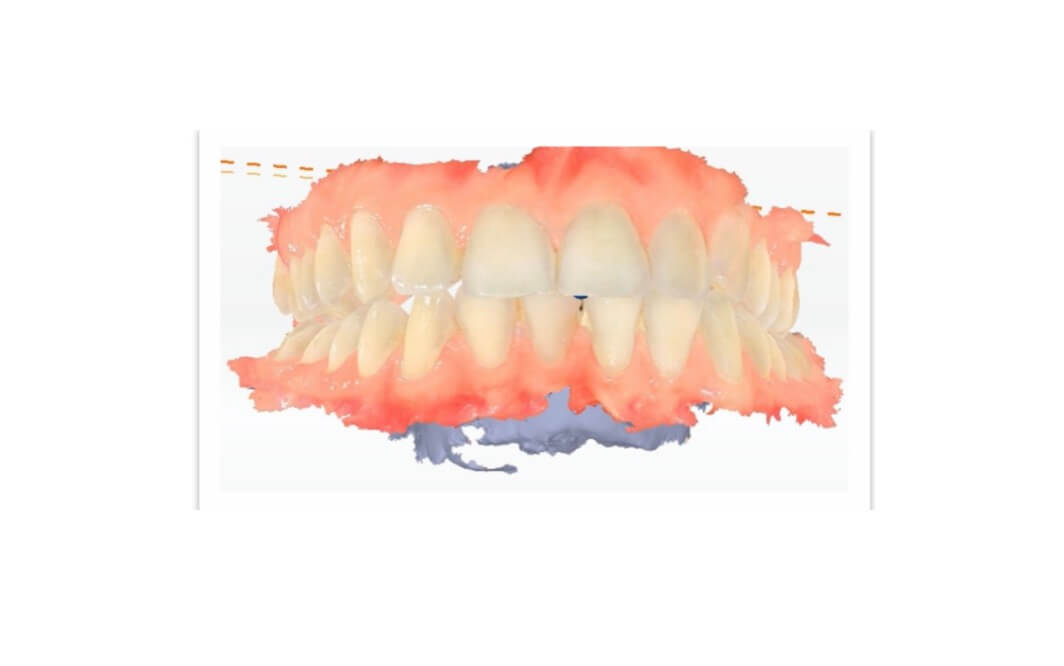

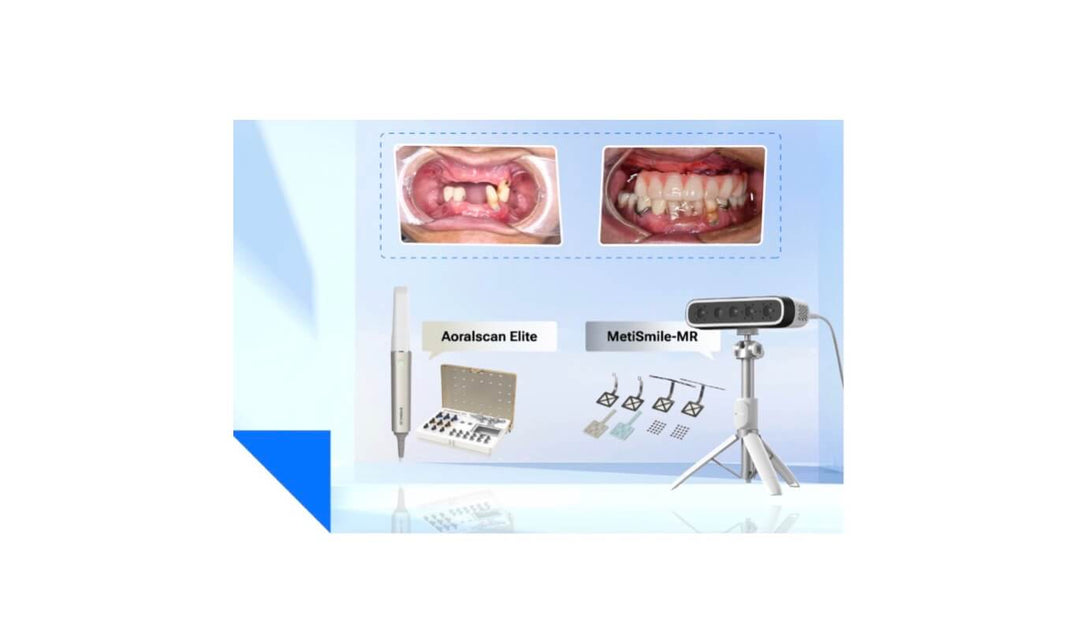
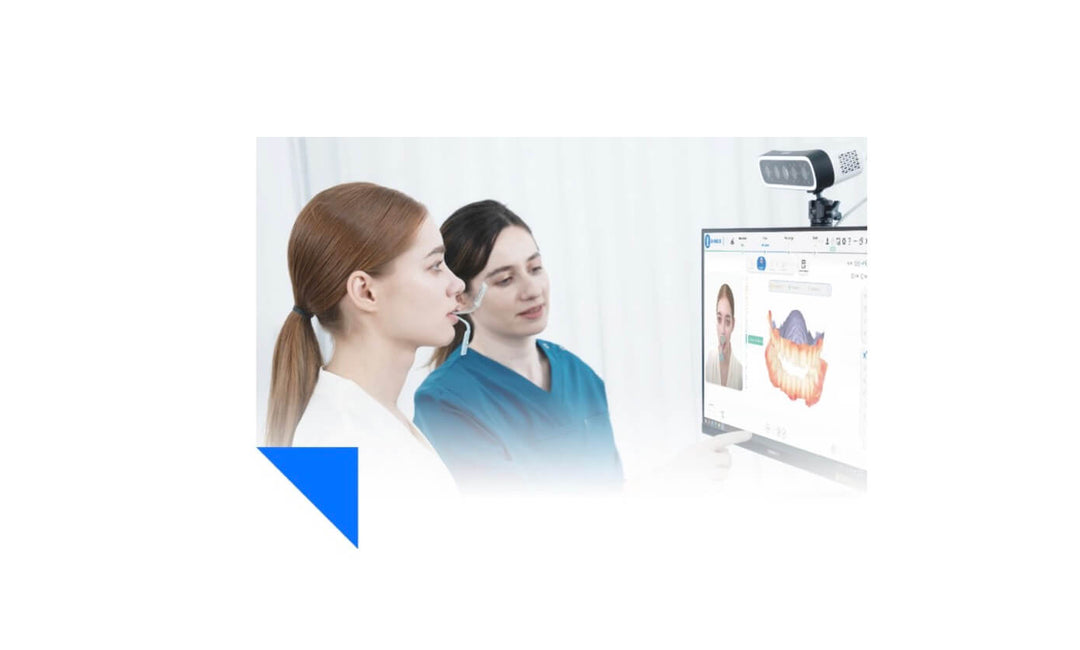


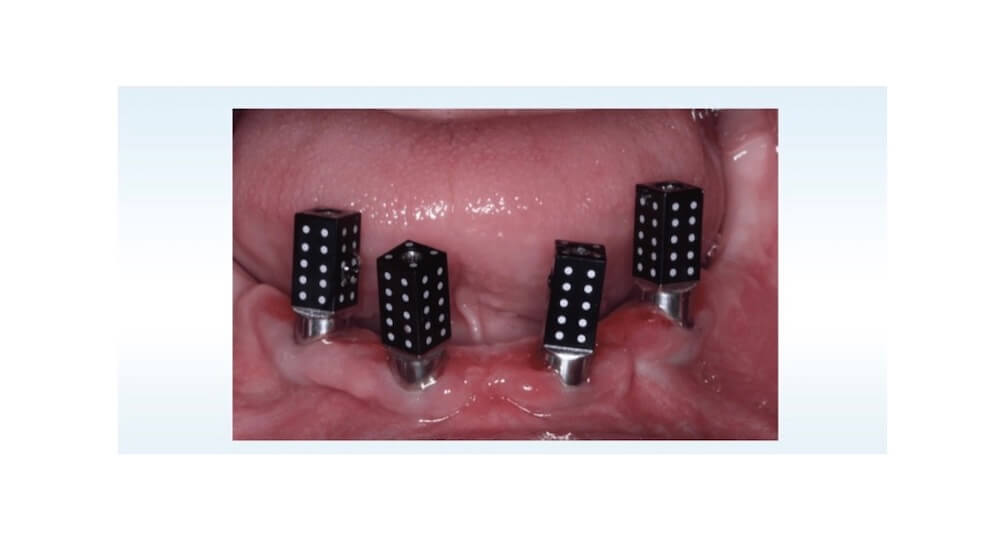

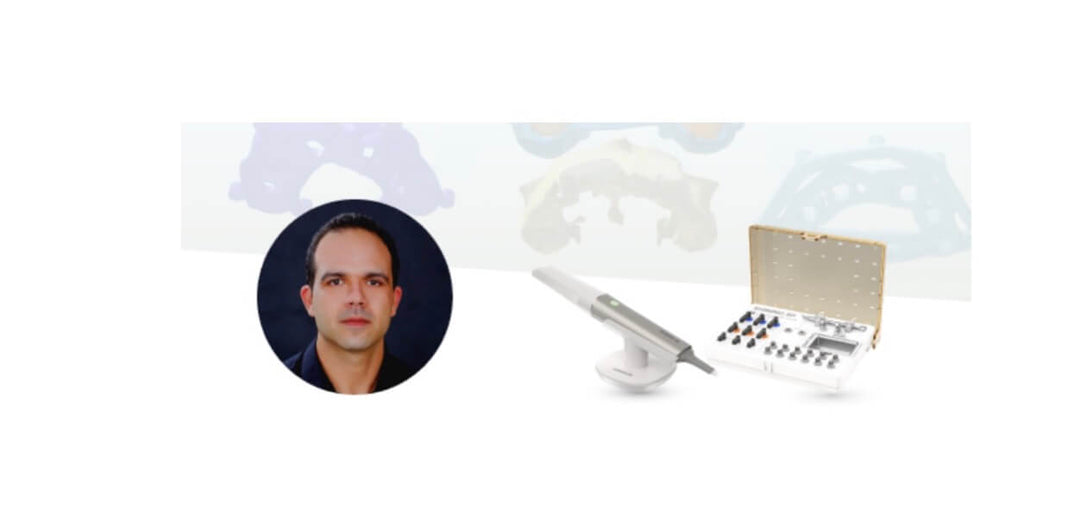


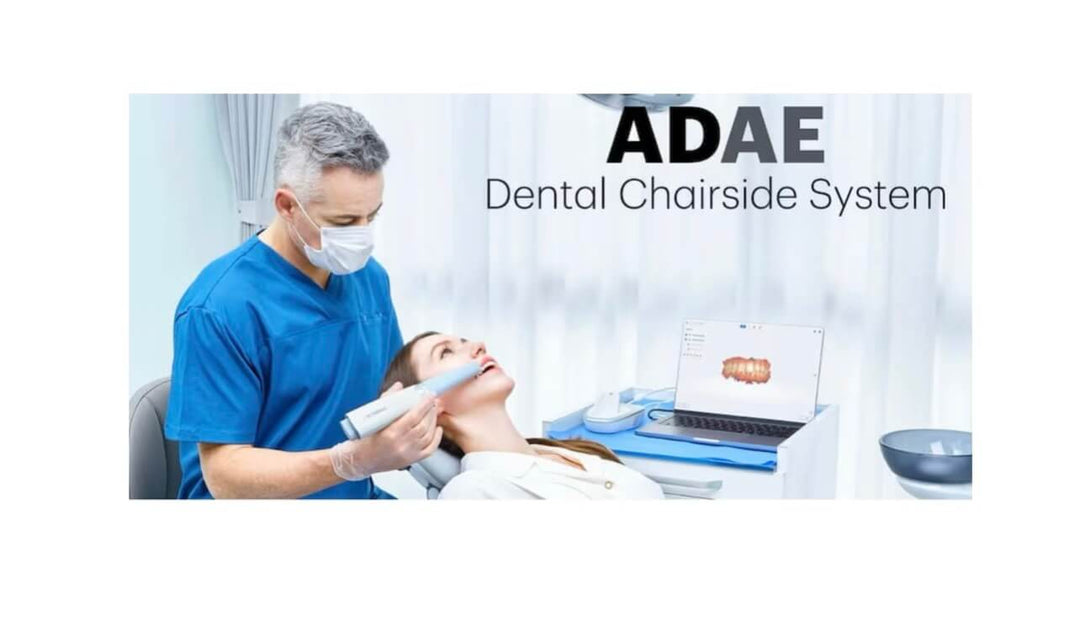













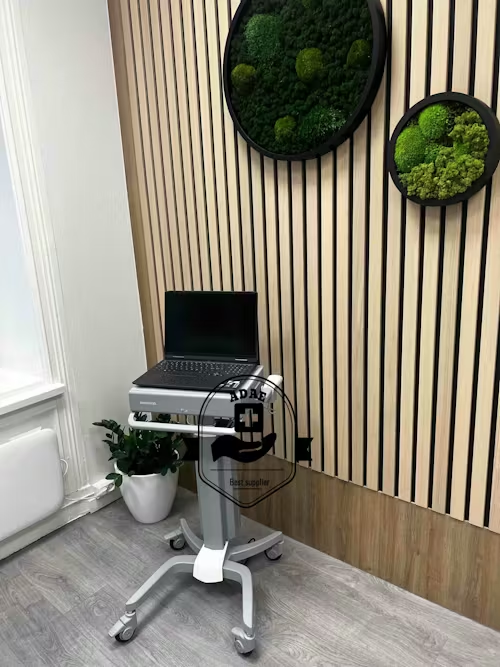
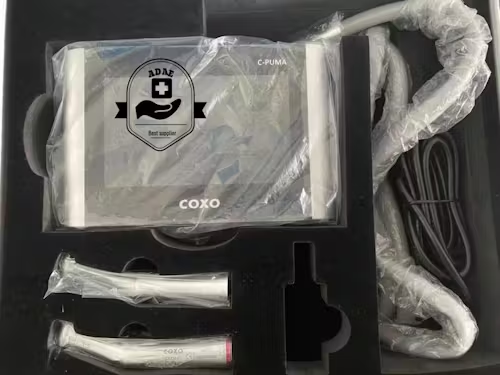
Leave a comment